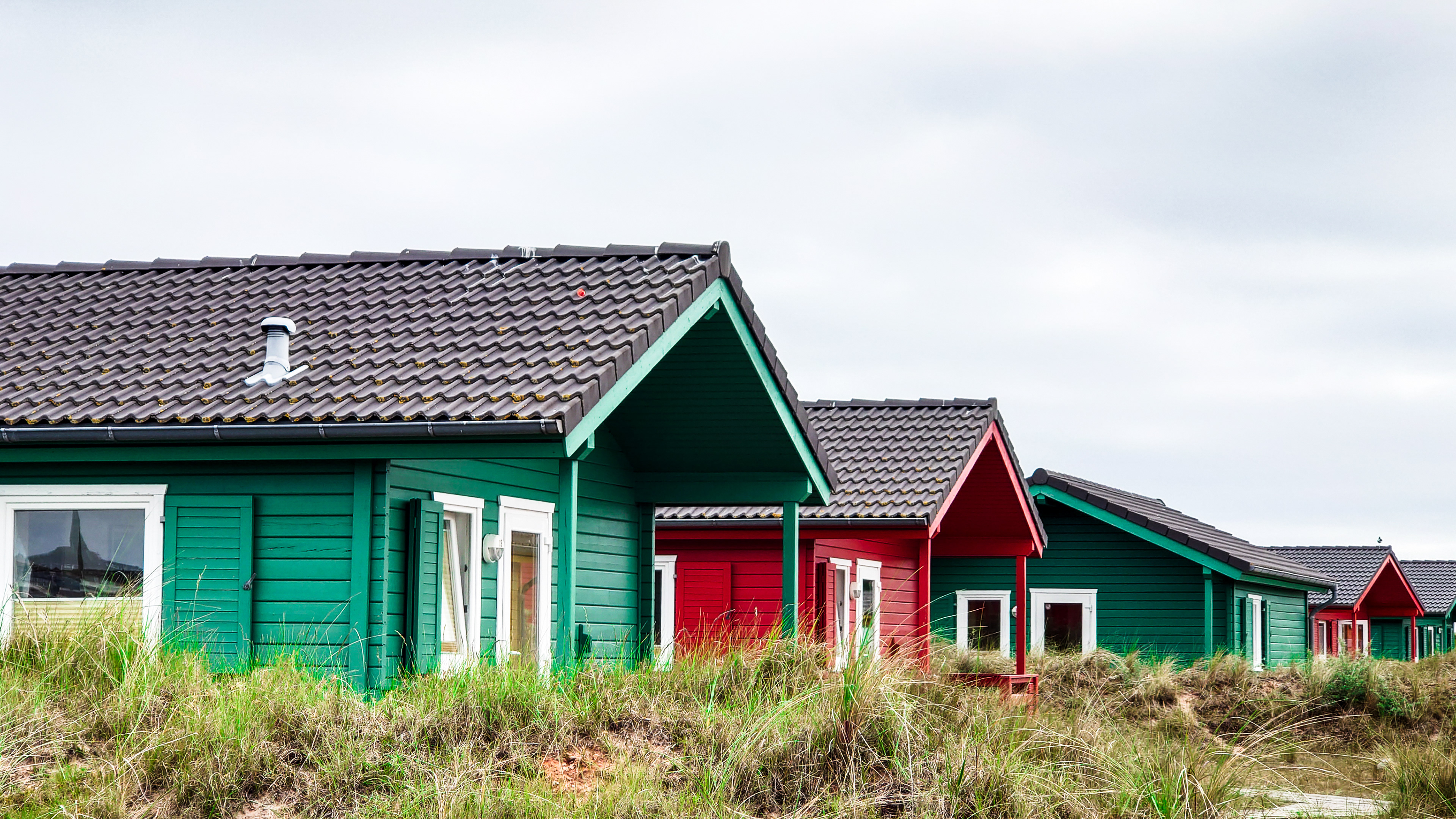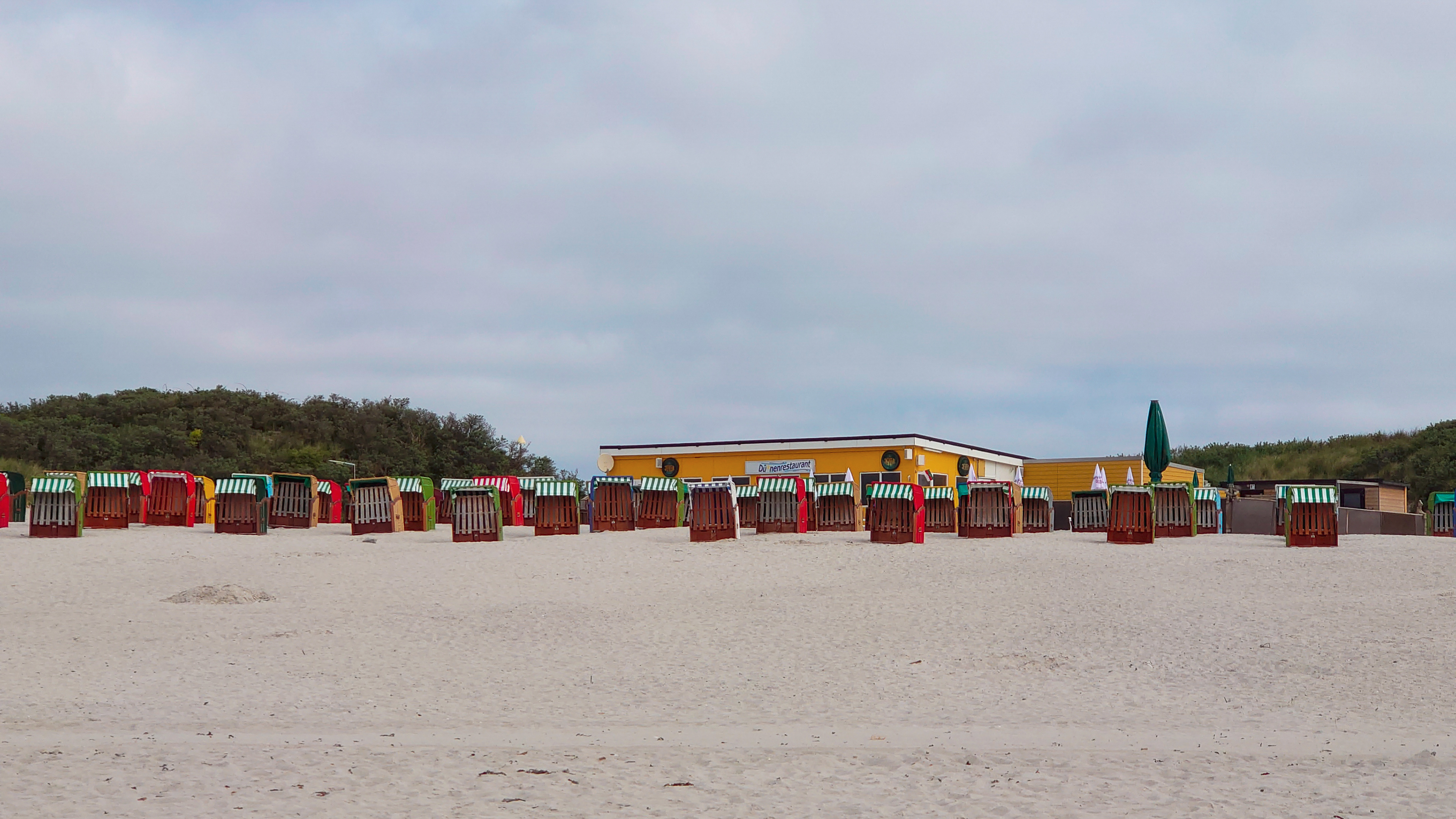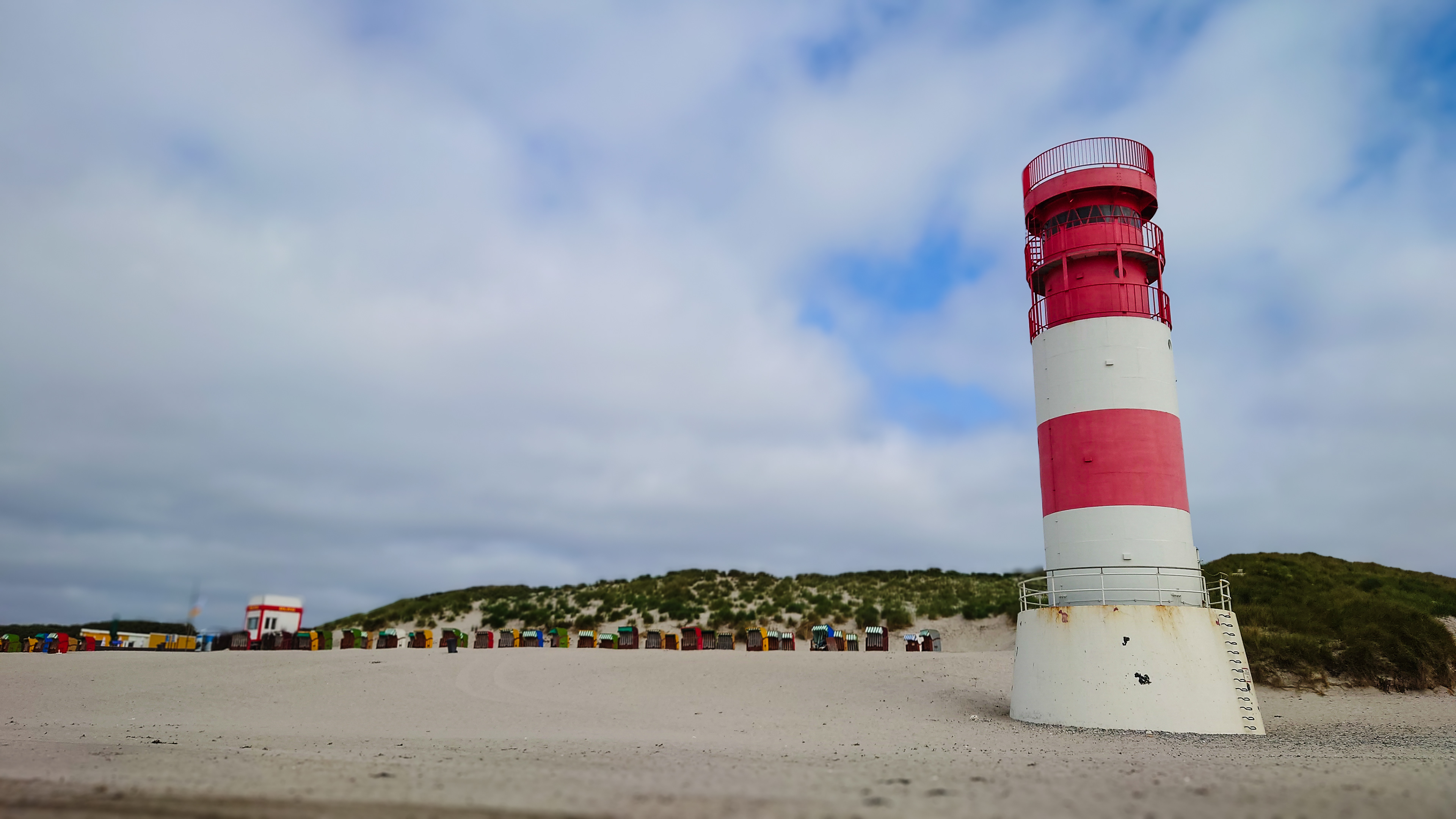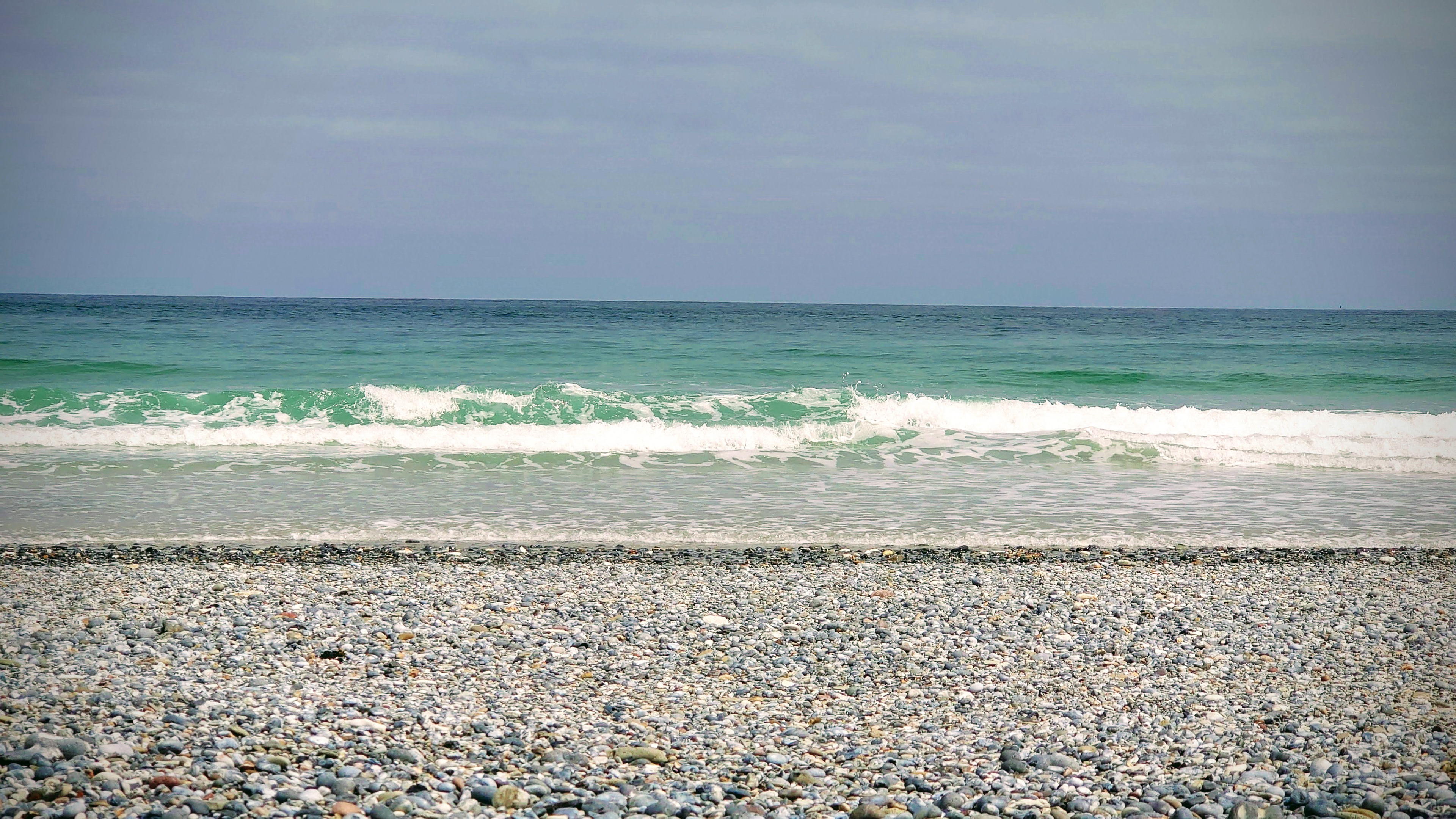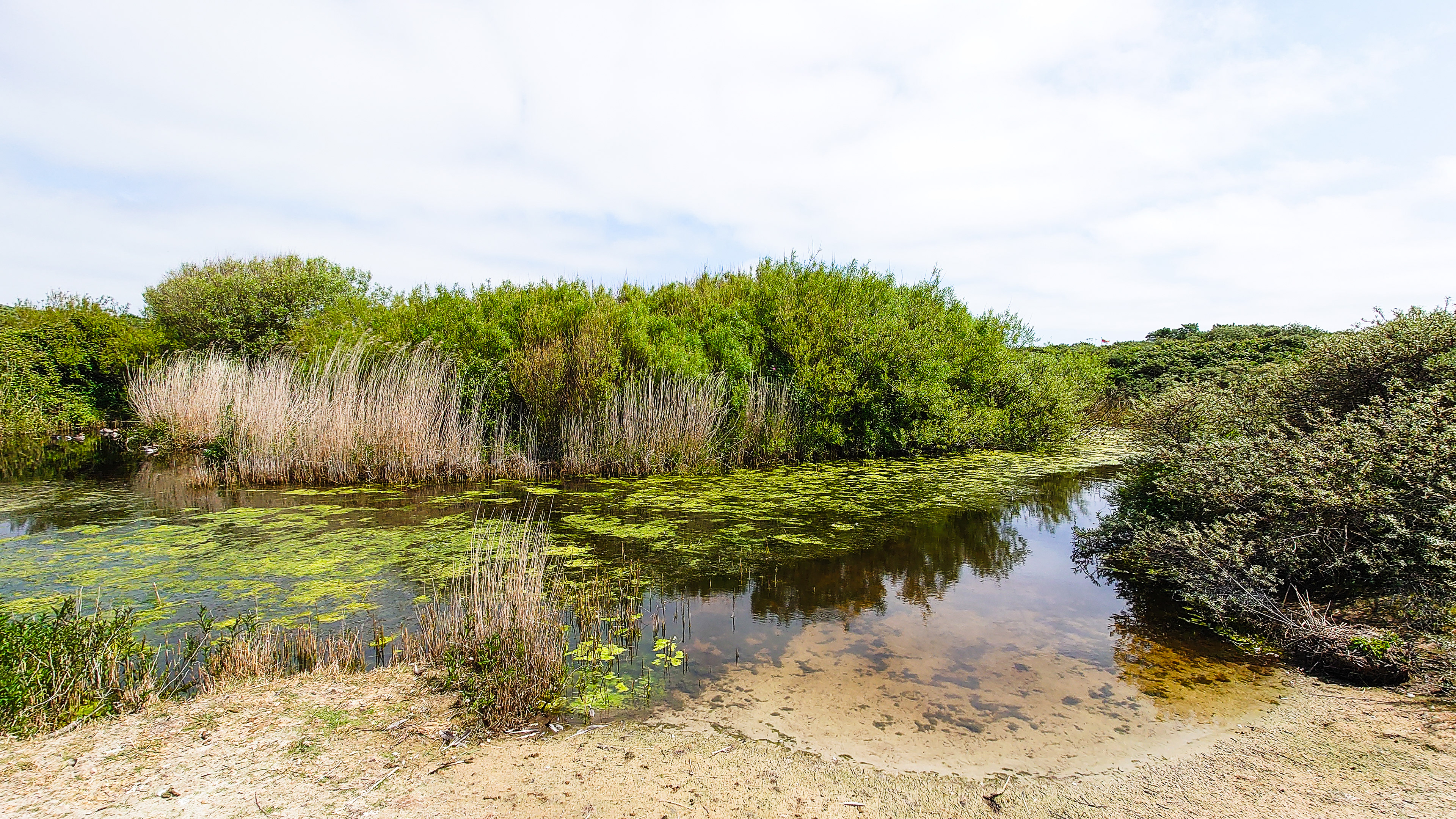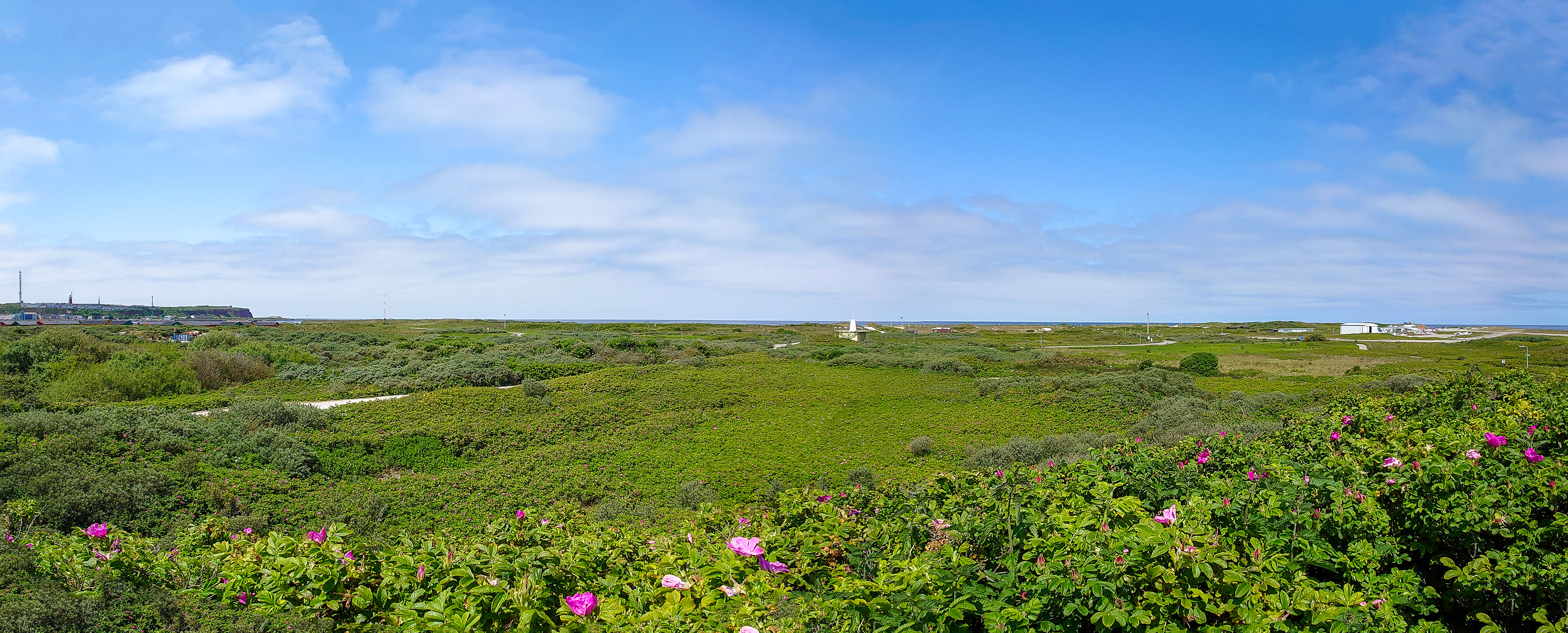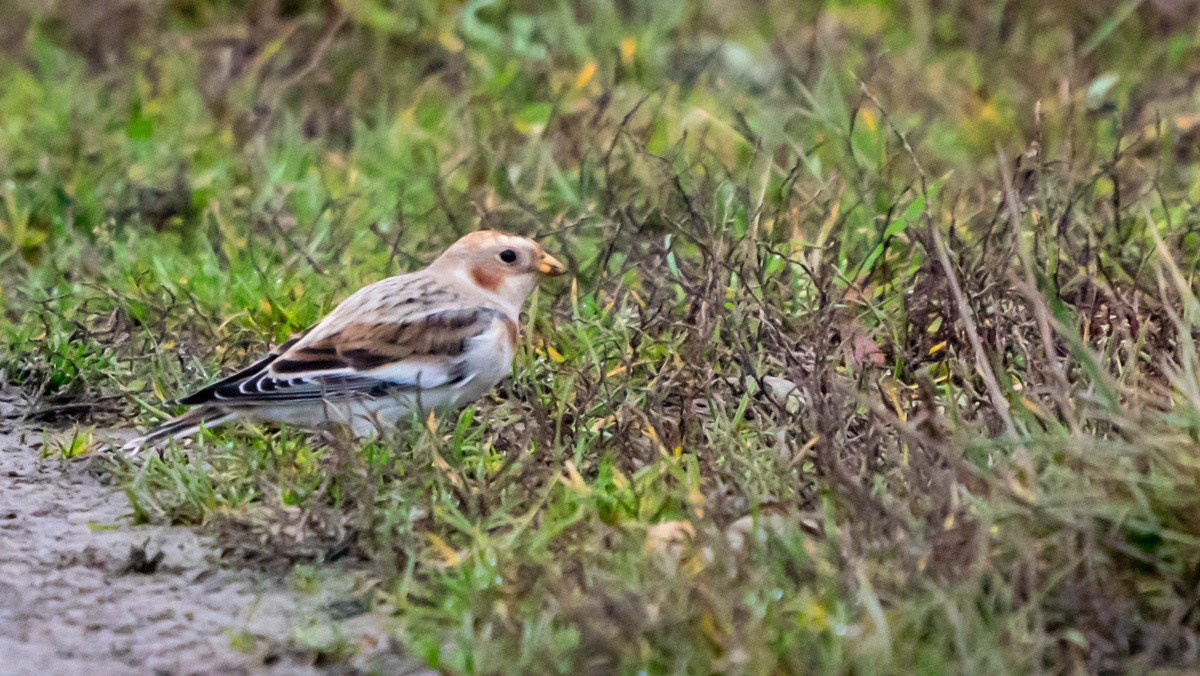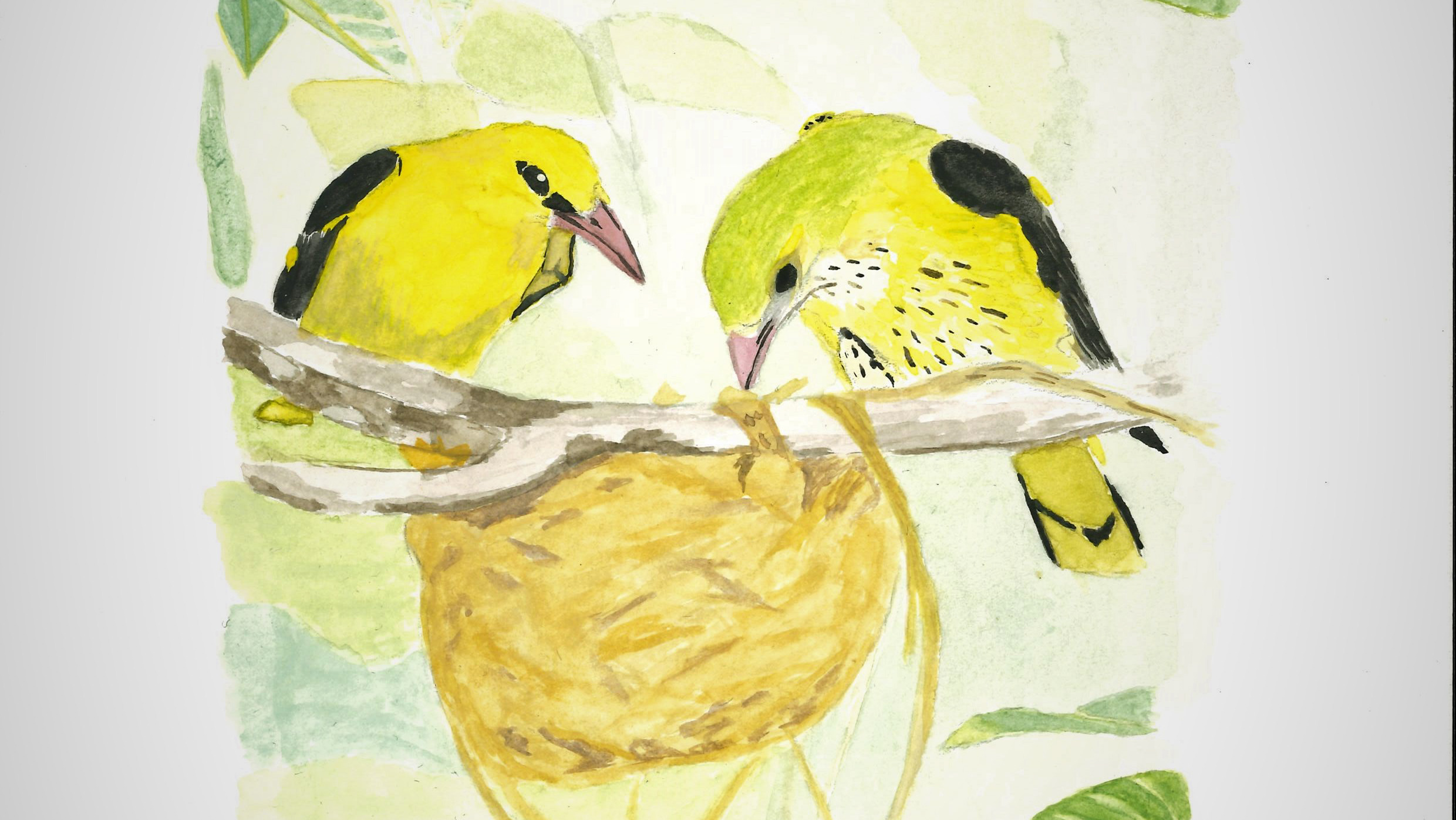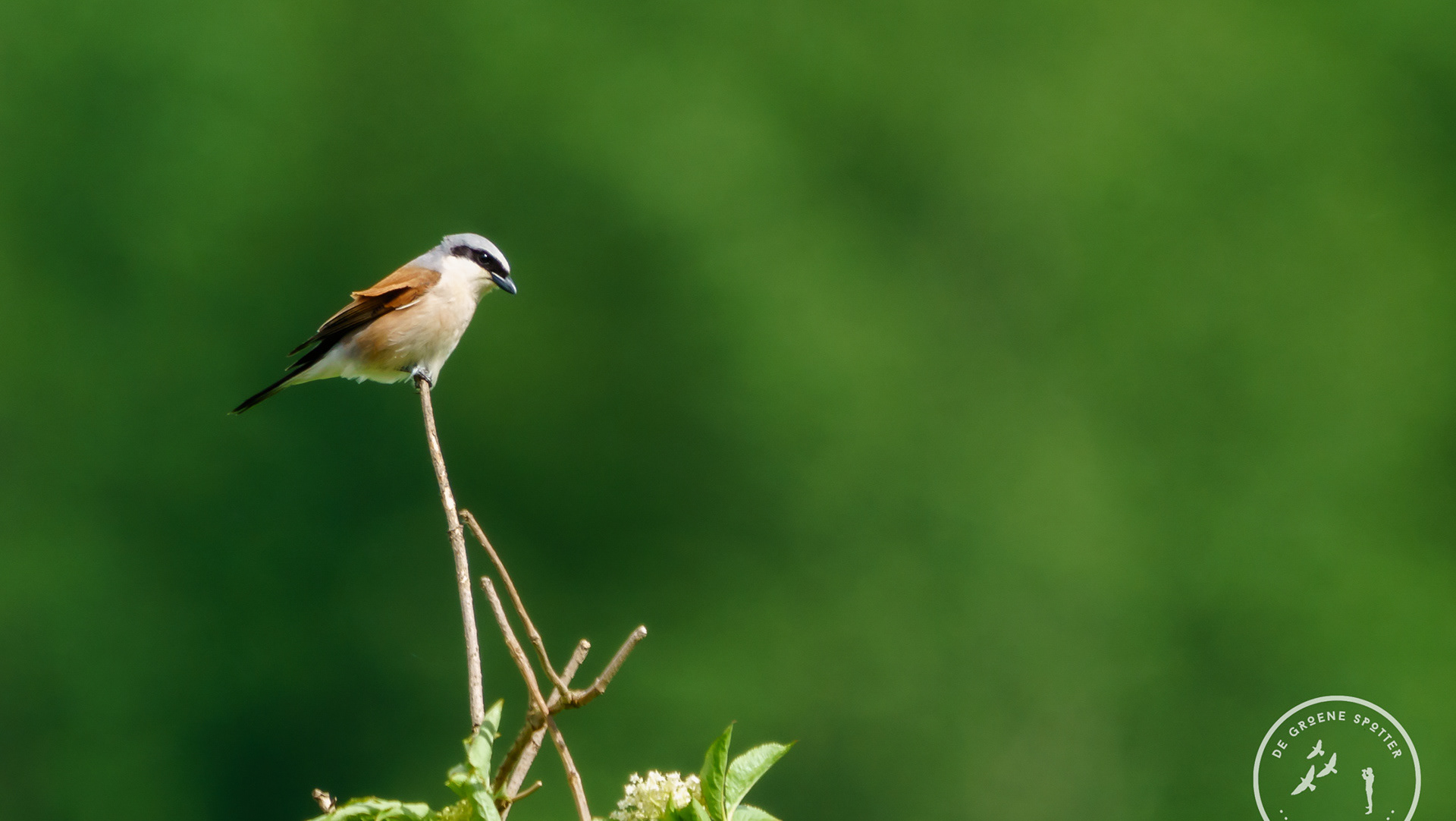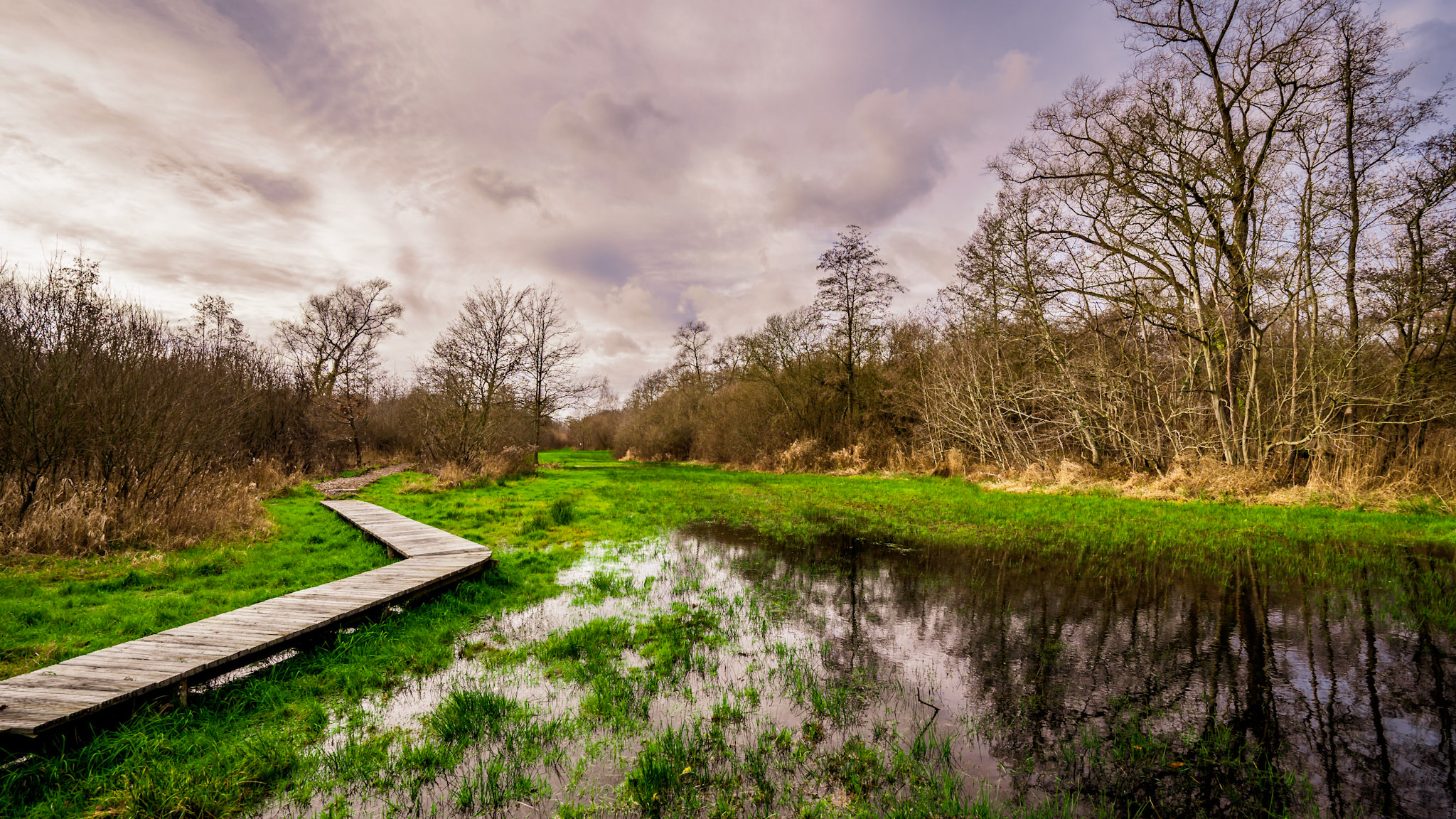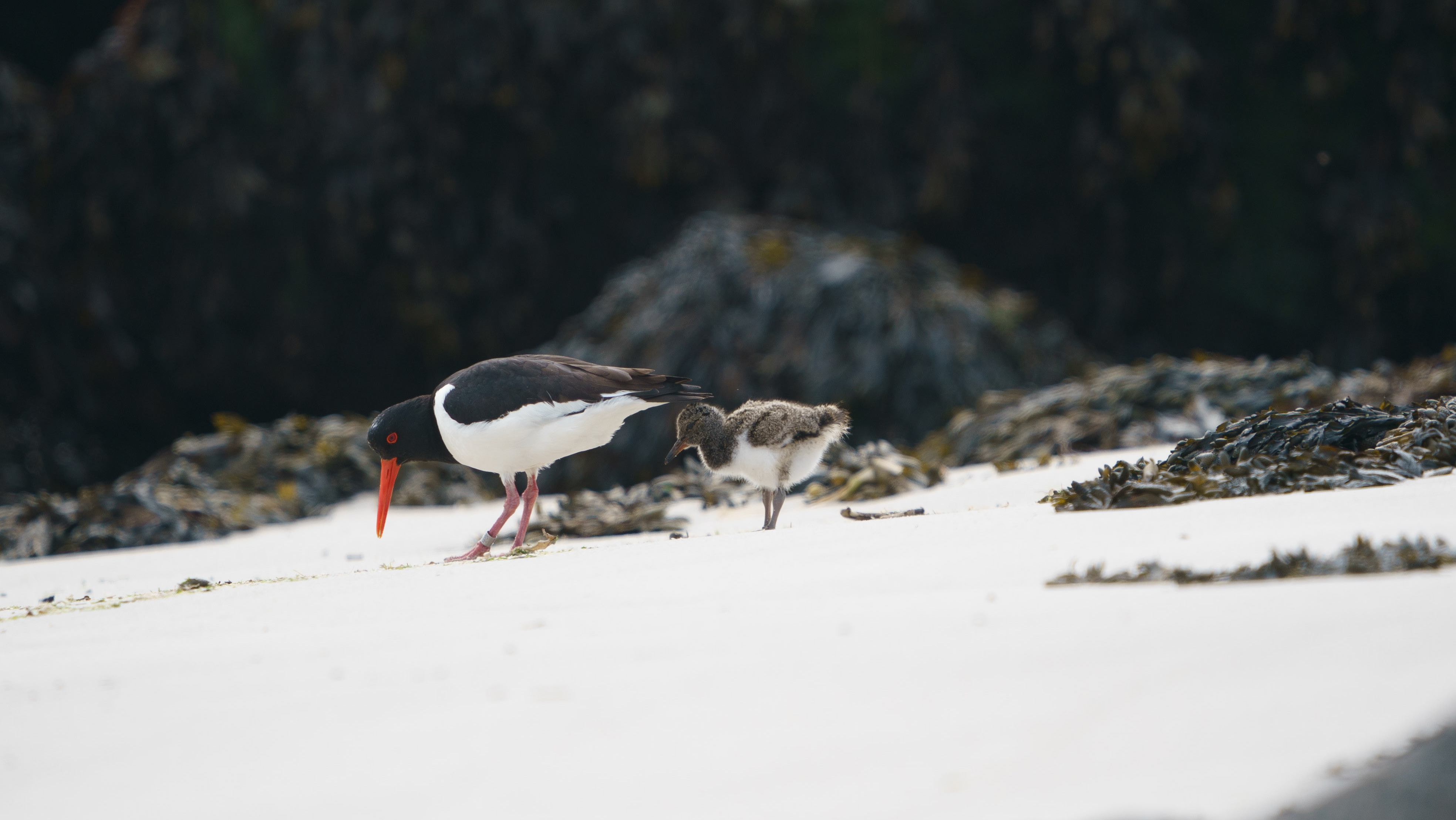"Grün ist das Land, rot ist die Kant, weiß ist der Strand – das sind die Farben von Helgoland!"
With this article, I try to lead you into the fun atmosphere that exists on this little birding island.
A "to-visit" place on everyone's birder's "bucket-list".
A "to-visit" place on everyone's birder's "bucket-list".
It's not exactly a nearby destination, but I guarantee you that the time you take will be worth it.
A trip from Belgium to this island is usually done by car and boat.
By train, you will probably get there a bit faster, but what do you do if the boat doesn't leave?
A trip from Belgium to this island is usually done by car and boat.
By train, you will probably get there a bit faster, but what do you do if the boat doesn't leave?
From several ports in northern Germany, boats leave for the main island's port at different times of the day.
German ports (such as Bremerhaven or Cuxhaven) offer two or three departures on the mainland.
The connection from Cuxhaven in the morning is by slow boat and is highly recommended. It allows you to enjoy passing seabirds such as Common Scoters (Melanitta nigra) or Common Eiders (Somateria mollissima) for two hours and a half.
If the weather is too bad to sit outside, you can enjoy the view inside from behind a window over breakfast.
If the weather is too bad to sit outside, you can enjoy the view inside from behind a window over breakfast.
A catamaran departs in the afternoon and takes half as long given the higher speed.
For the return to the mainland, it is very simple:
If you leave on the slow boat, you have to be in the Vorhafen. The catamaran departs and arrives from the Südhafen.
If you leave on the slow boat, you have to be in the Vorhafen. The catamaran departs and arrives from the Südhafen.
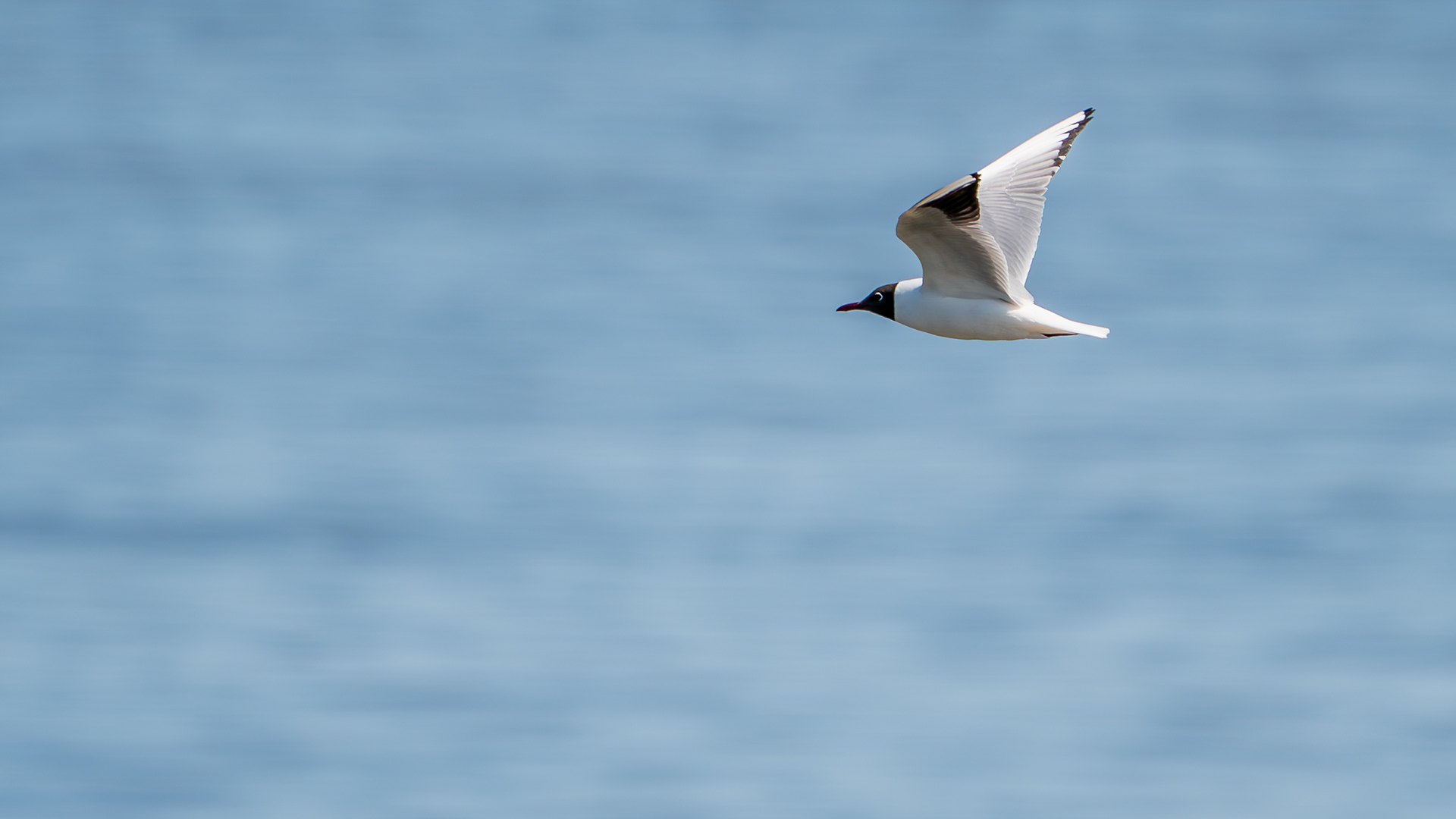
Black-headed Gull

Land ho!

Düne

Helgoland
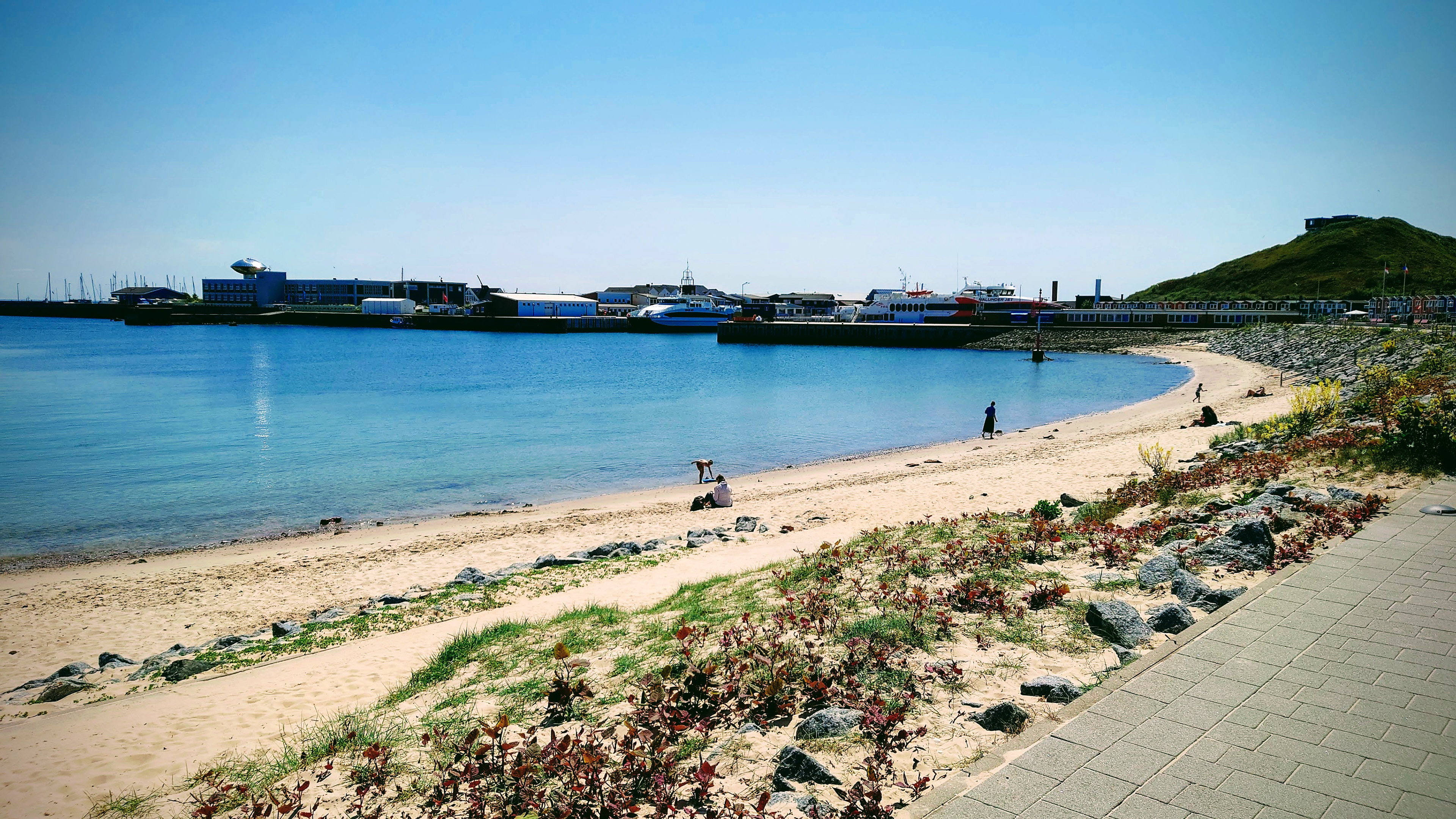
Sandy beaches of Helgoland
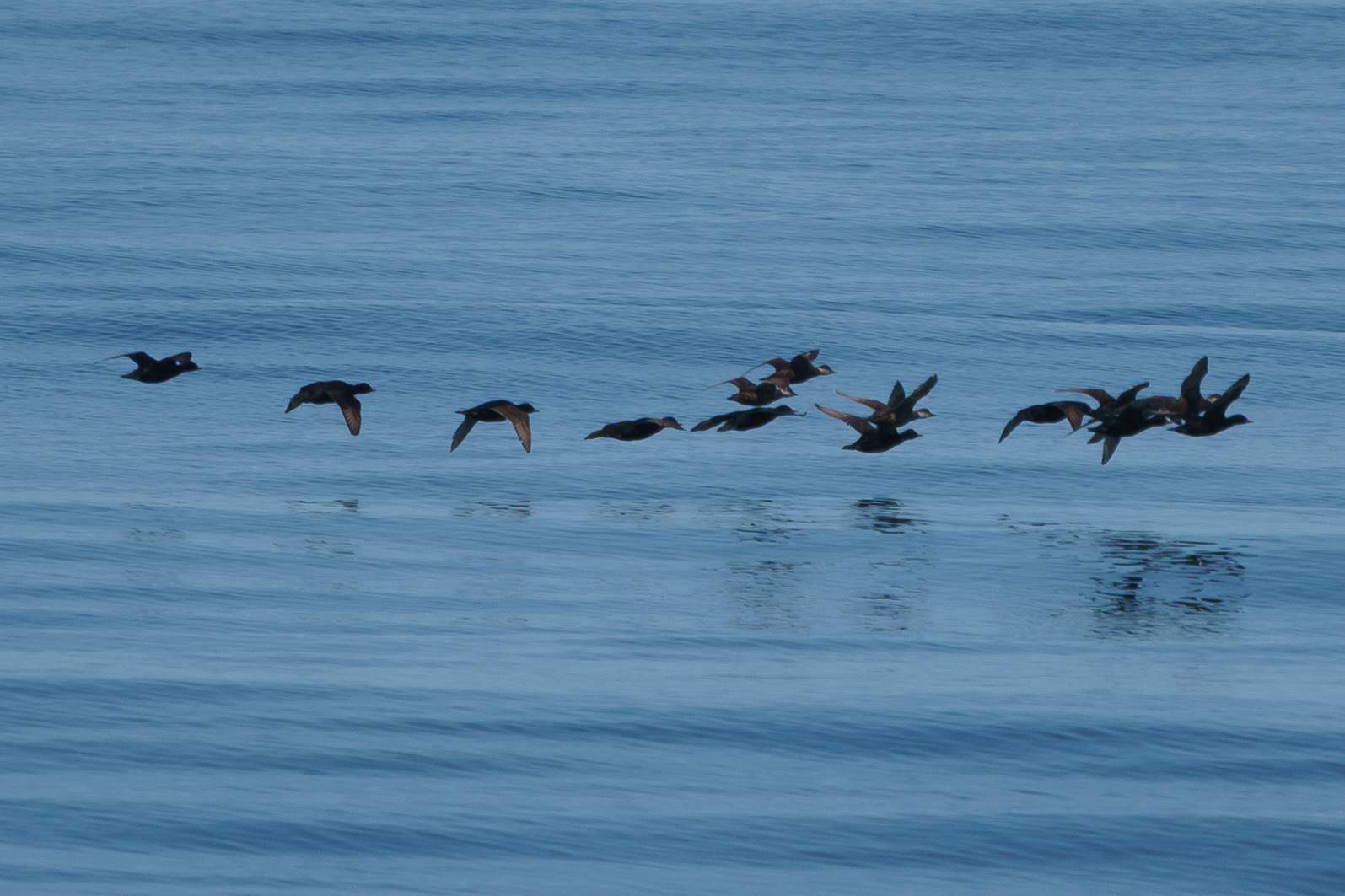
Black Scoter
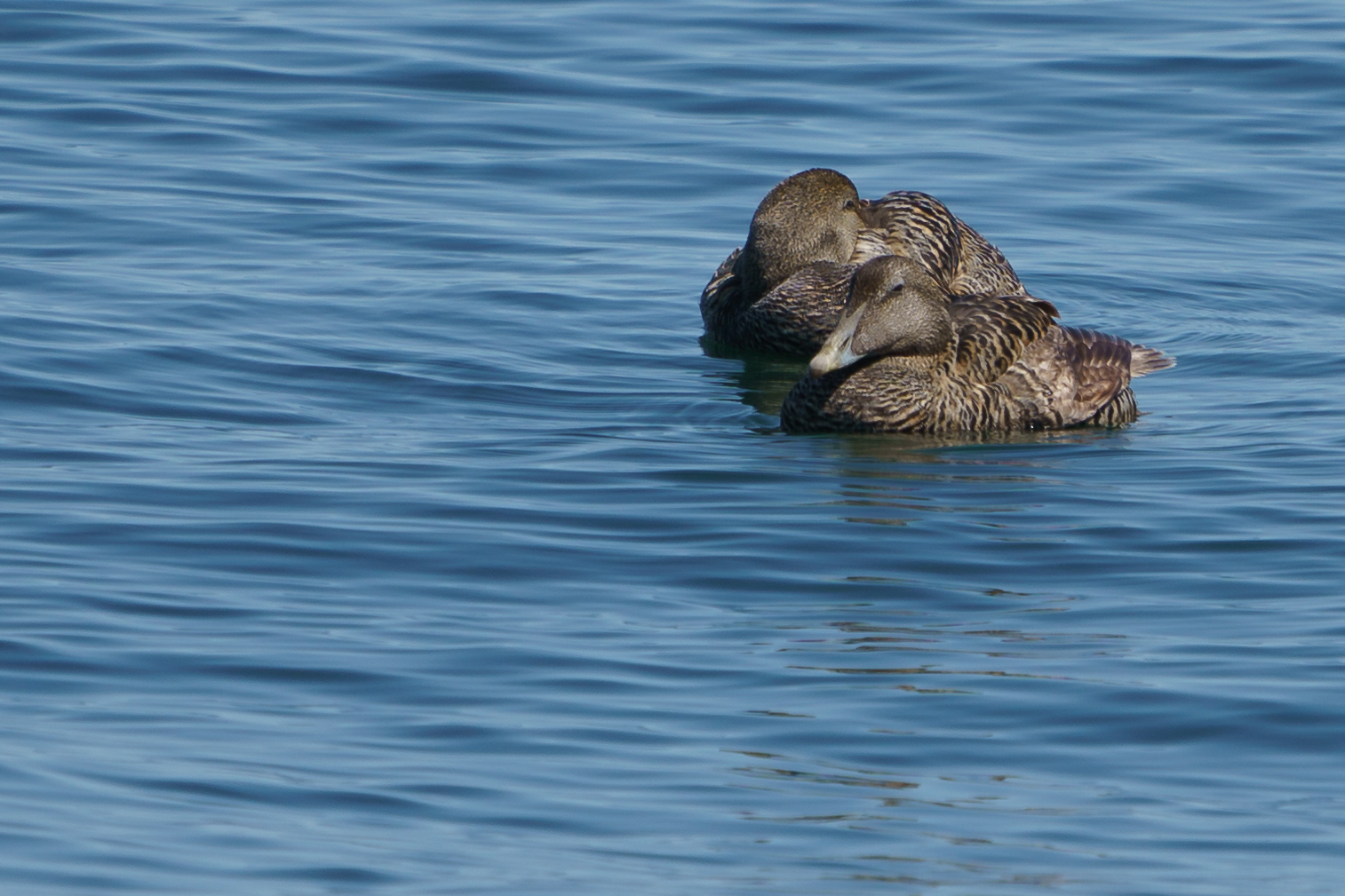
Common Eider (females)
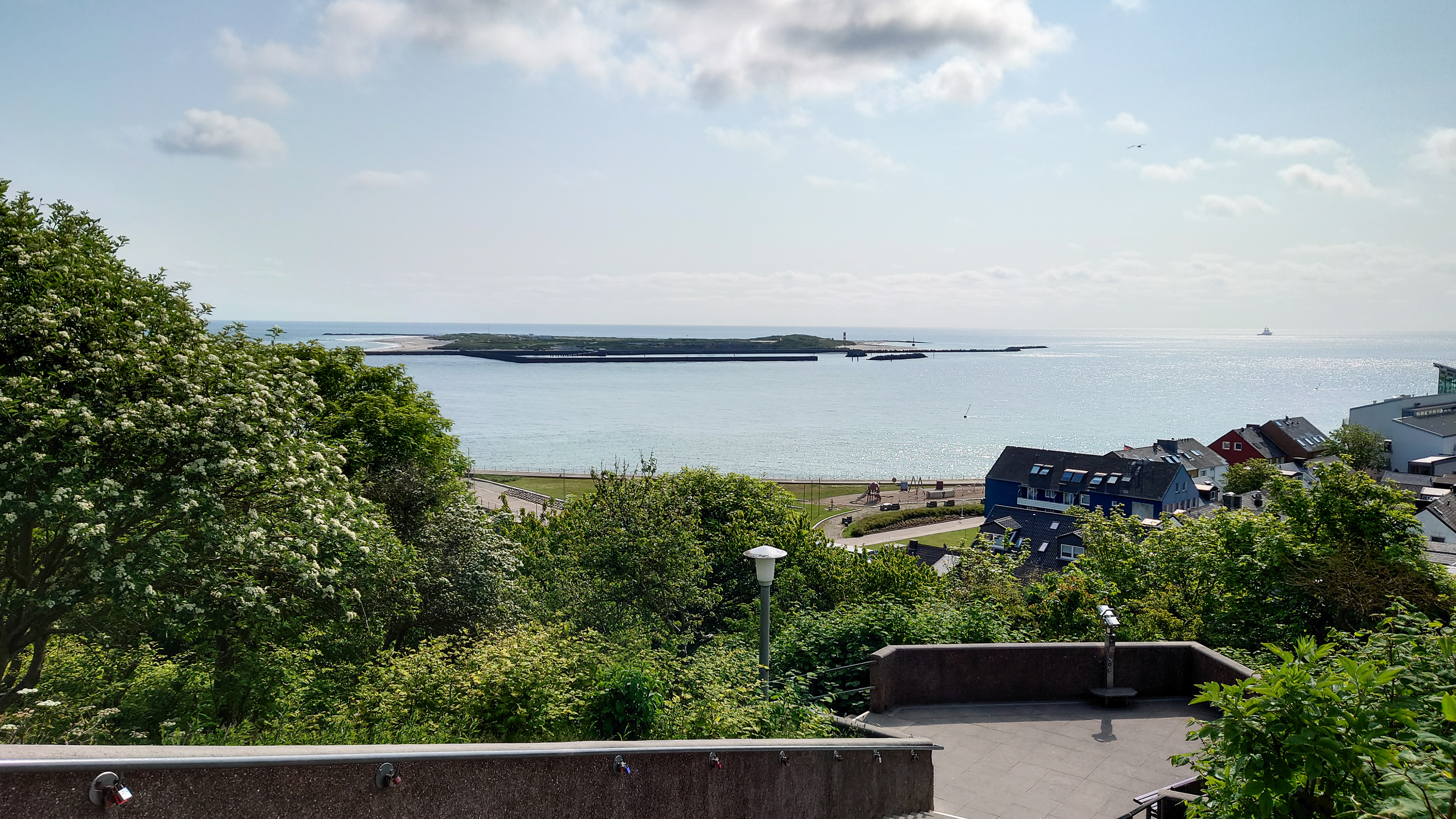
View of Düne
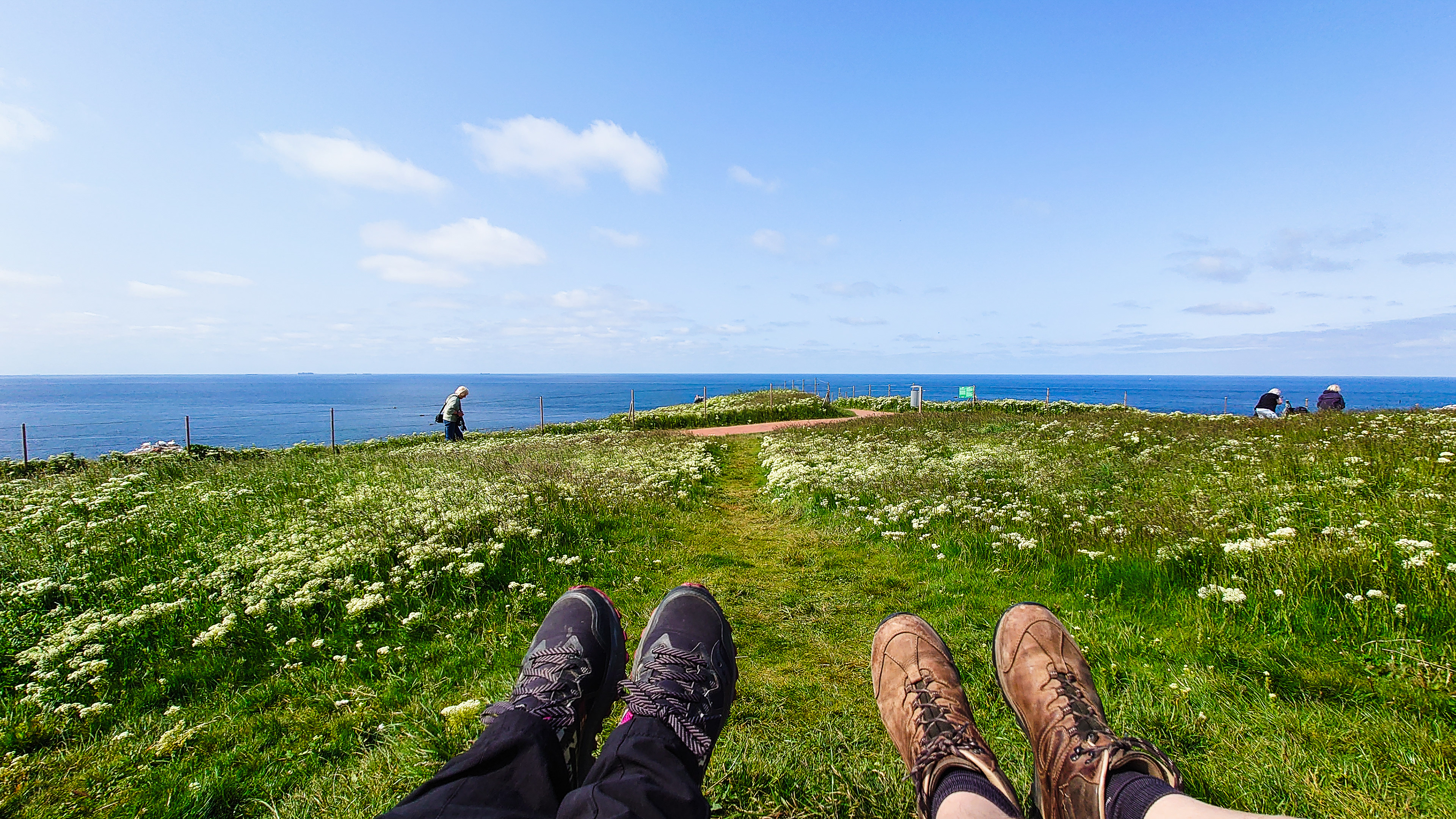
Feet up! Time to relax along the path of Klippenrandweg
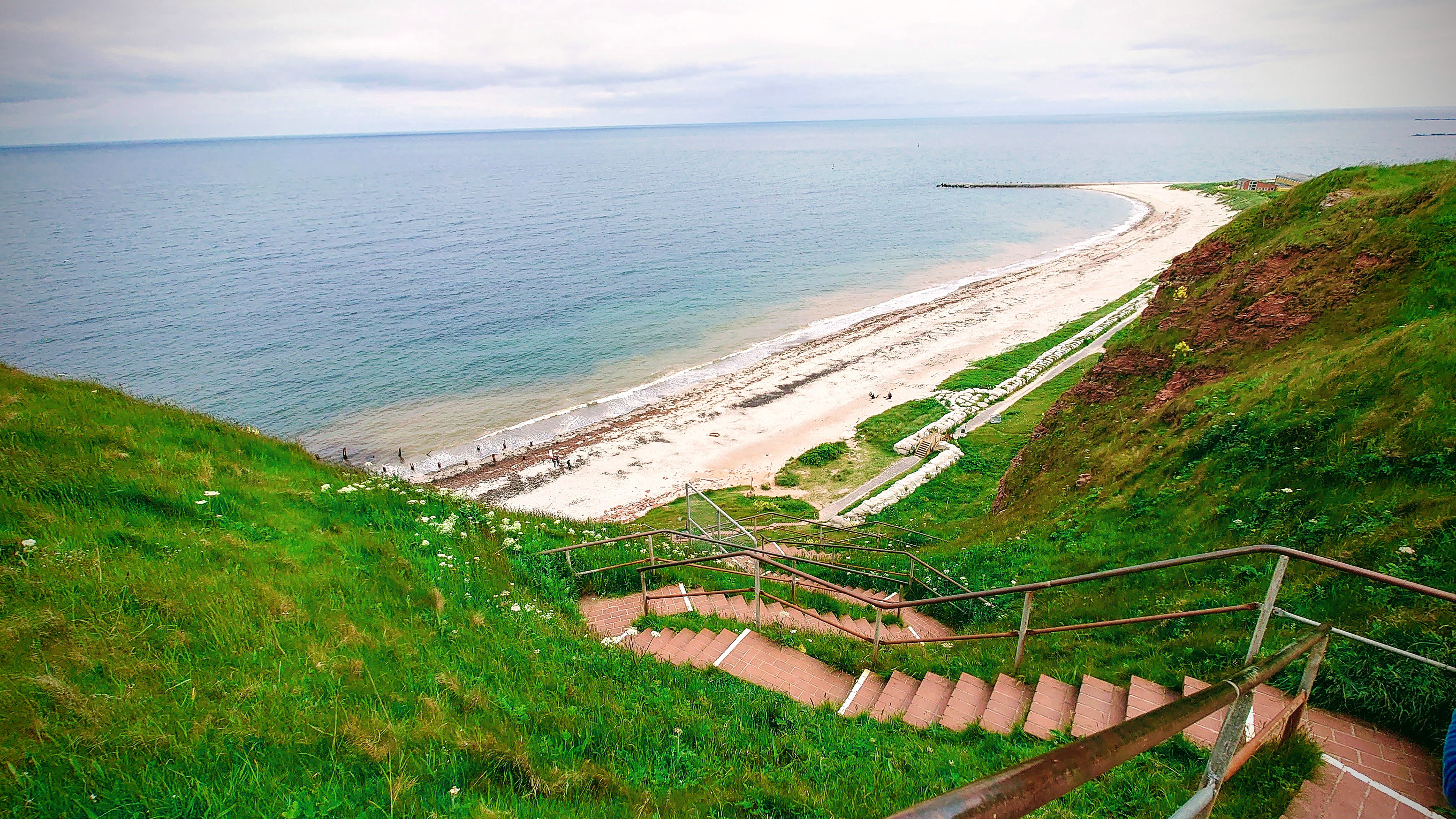
Down below! Heading to the largest beach of the island
Just an introduction about the island
Heligoland is located in the North Sea, roughly off the border with Denmark. The island belongs to the state of Schleswig-Holstein, but in the past it was also British and Danish territory. The bird island is a lot further from the German coastline (+/- 70 km) than the East Frisian German Wadden Islands, to which it does not belong.
Due to a fierce storm in the year of Lord 1720, Helgoland consists of two islands: the main island (Hauptinsel), characterised by its 47-metre-high red cliffs made of Triassic fur sandstone, and the lower-lying sand island "Düne".
The main island is the largest and has two small beaches.
Helgoland is divided into several zones: such as the harbour area (Vorhafen and Südhafen), the lower Unterland with all its tourist shops, Mittelland where the vegetation consists mainly of thickets and the higher lying part of the island, Oberland.
The latter region is especially worthwhile for those who like to scour the red cliffs for breeding Northern Gannets (Morus bassanus), Common Guillemots (Uria aalge), Razorbills (Alca torda), Black-legged Kittiwakes (Rissa tridactyla) and Northern Fulmars (Fulmarus glacialis).
The latter region is especially worthwhile for those who like to scour the red cliffs for breeding Northern Gannets (Morus bassanus), Common Guillemots (Uria aalge), Razorbills (Alca torda), Black-legged Kittiwakes (Rissa tridactyla) and Northern Fulmars (Fulmarus glacialis).
Along the quays of the harbour area, you have a good chance of spotting Eider, Cormorants (Phalacrocorax carbo) and a bobbing Razorbill.
At the Pinne-Berg (61.3 metres from sea level), you have a great view over the island and over the grass fields where you can look for pipits and wagtails.
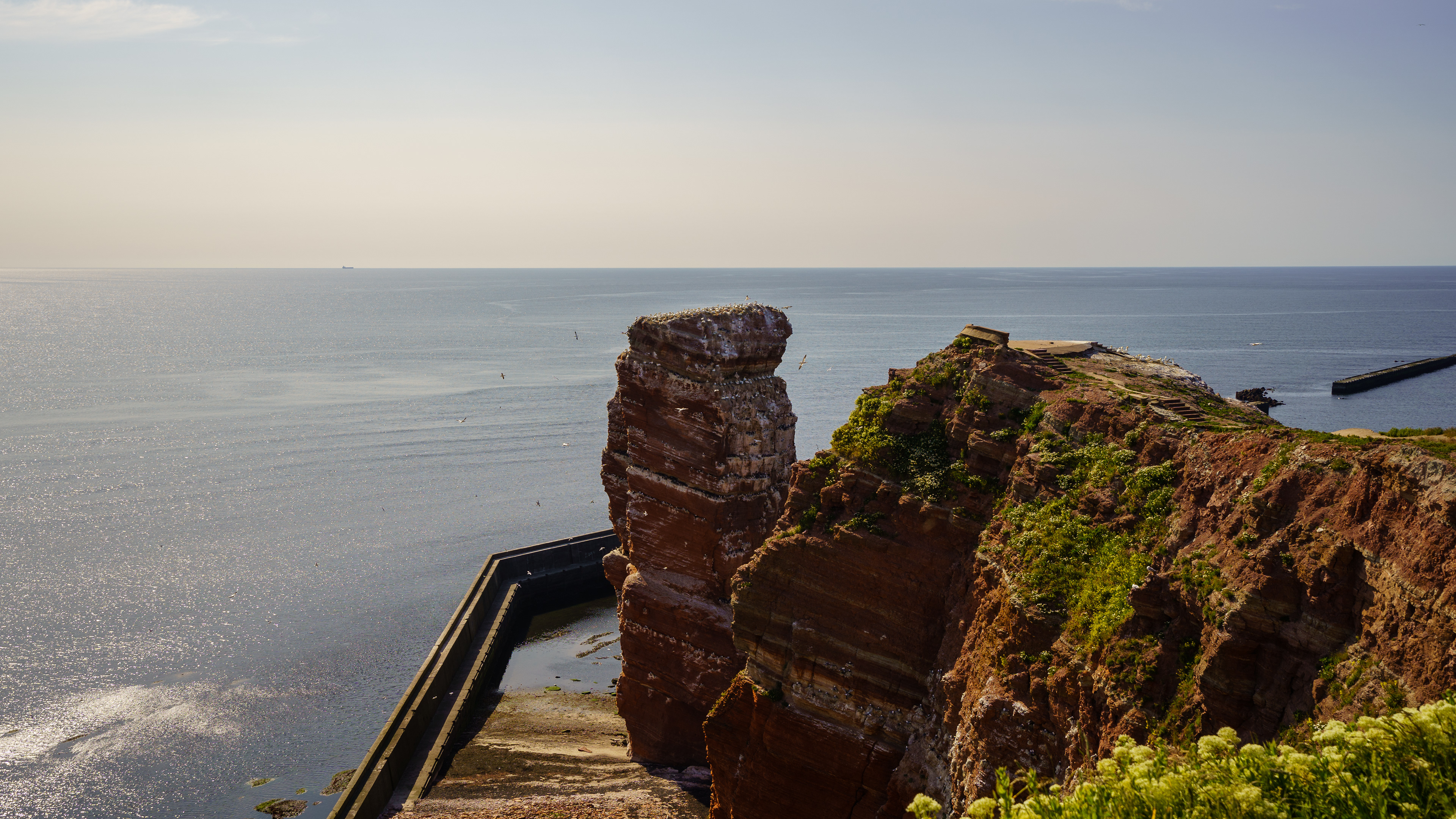
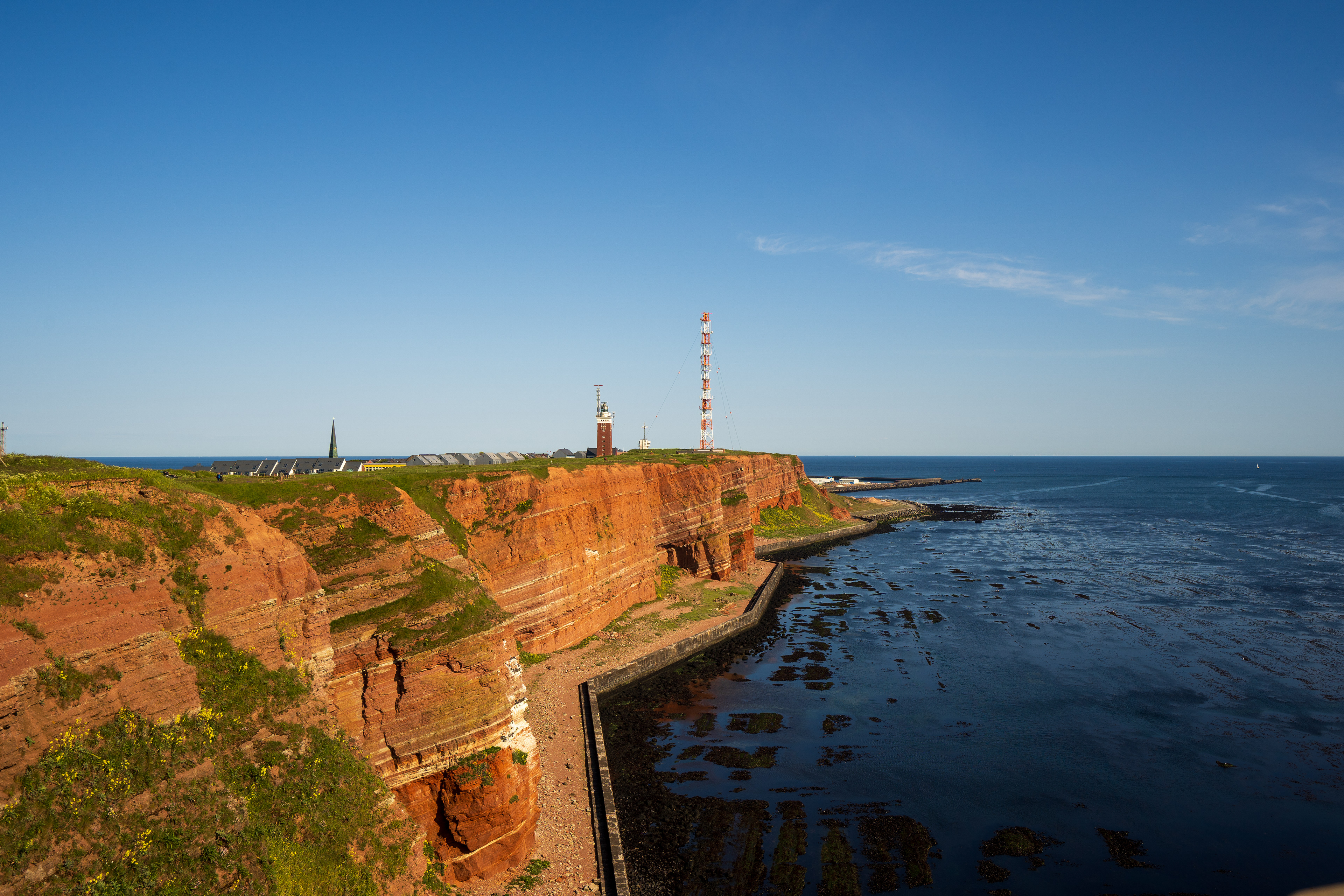
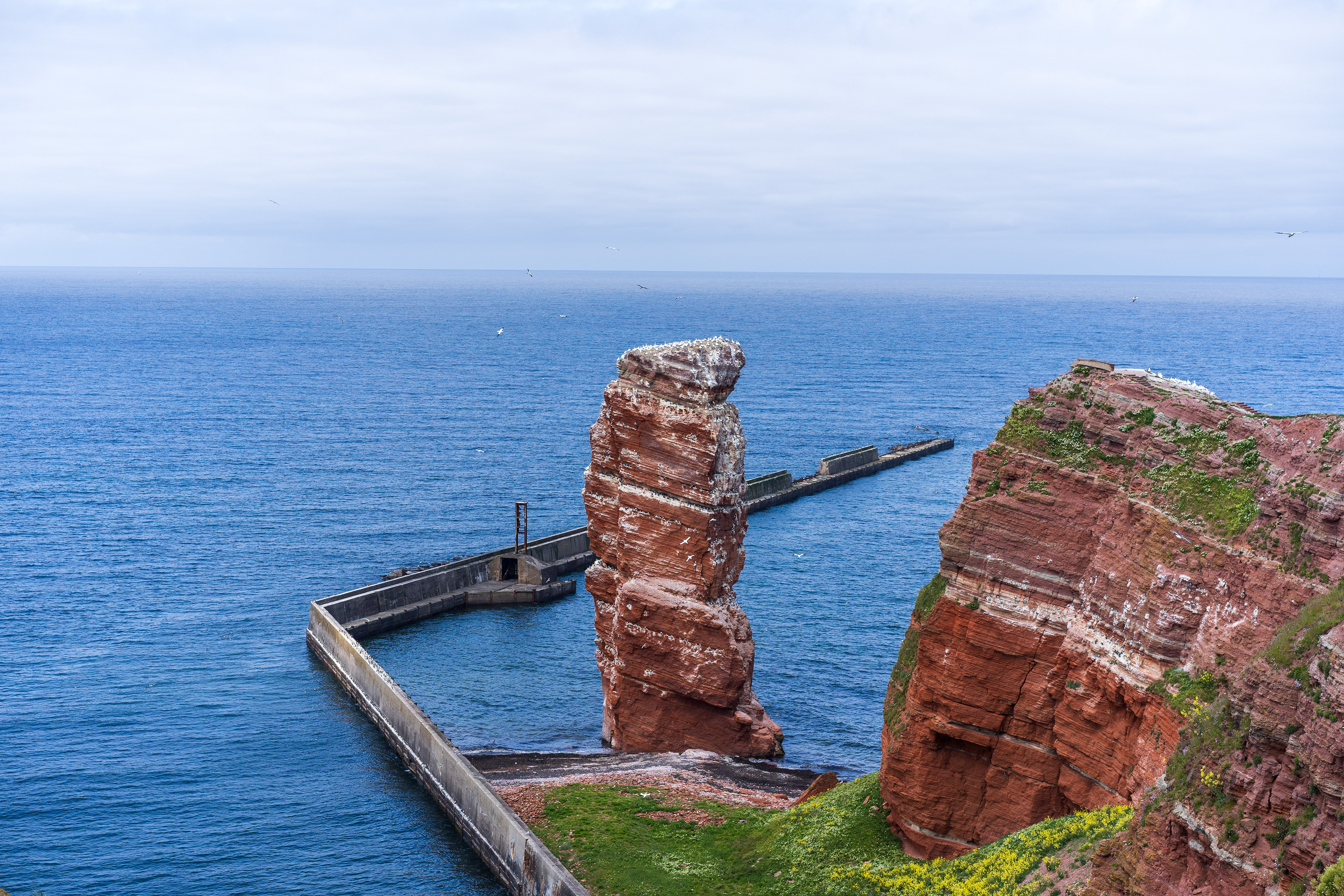
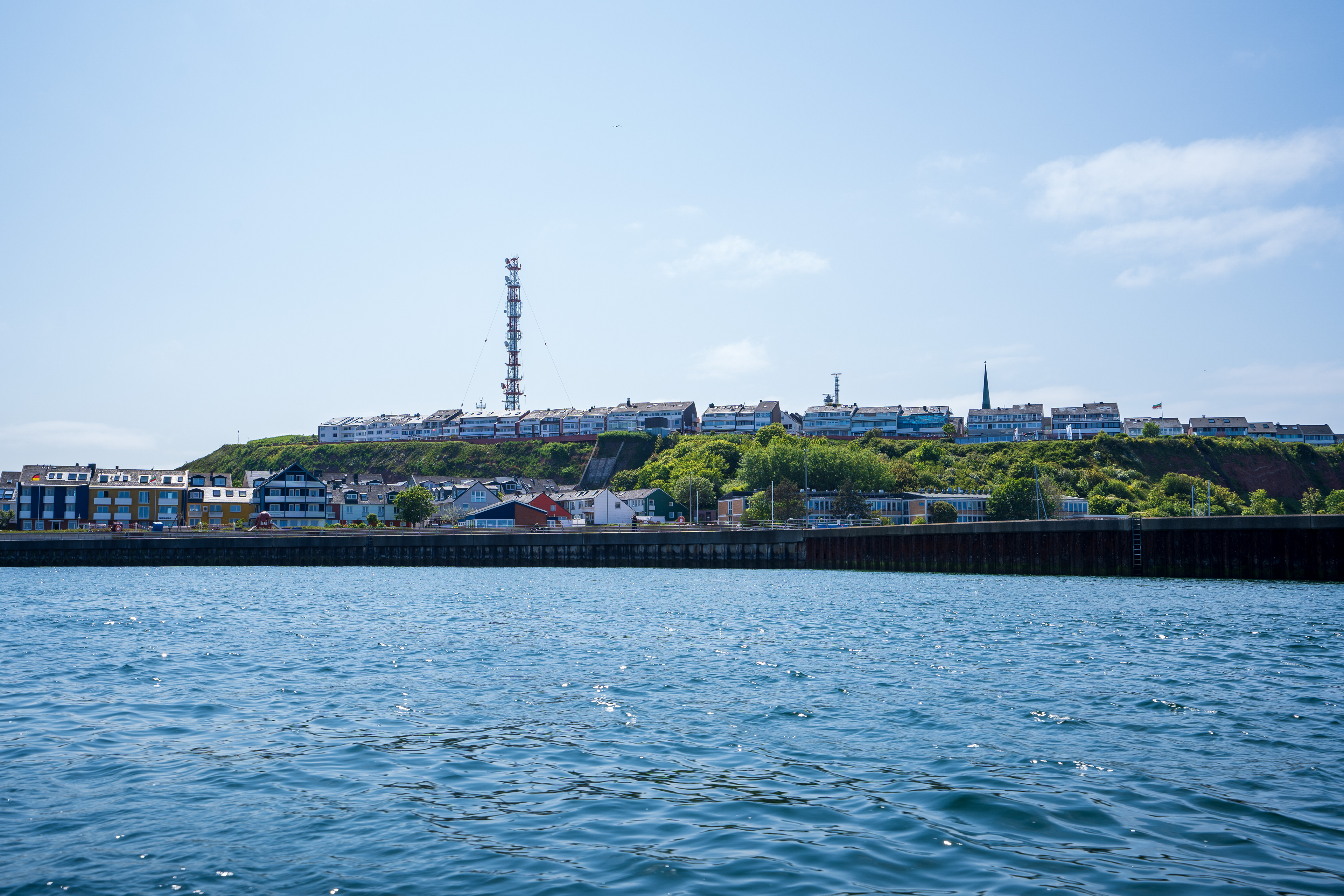
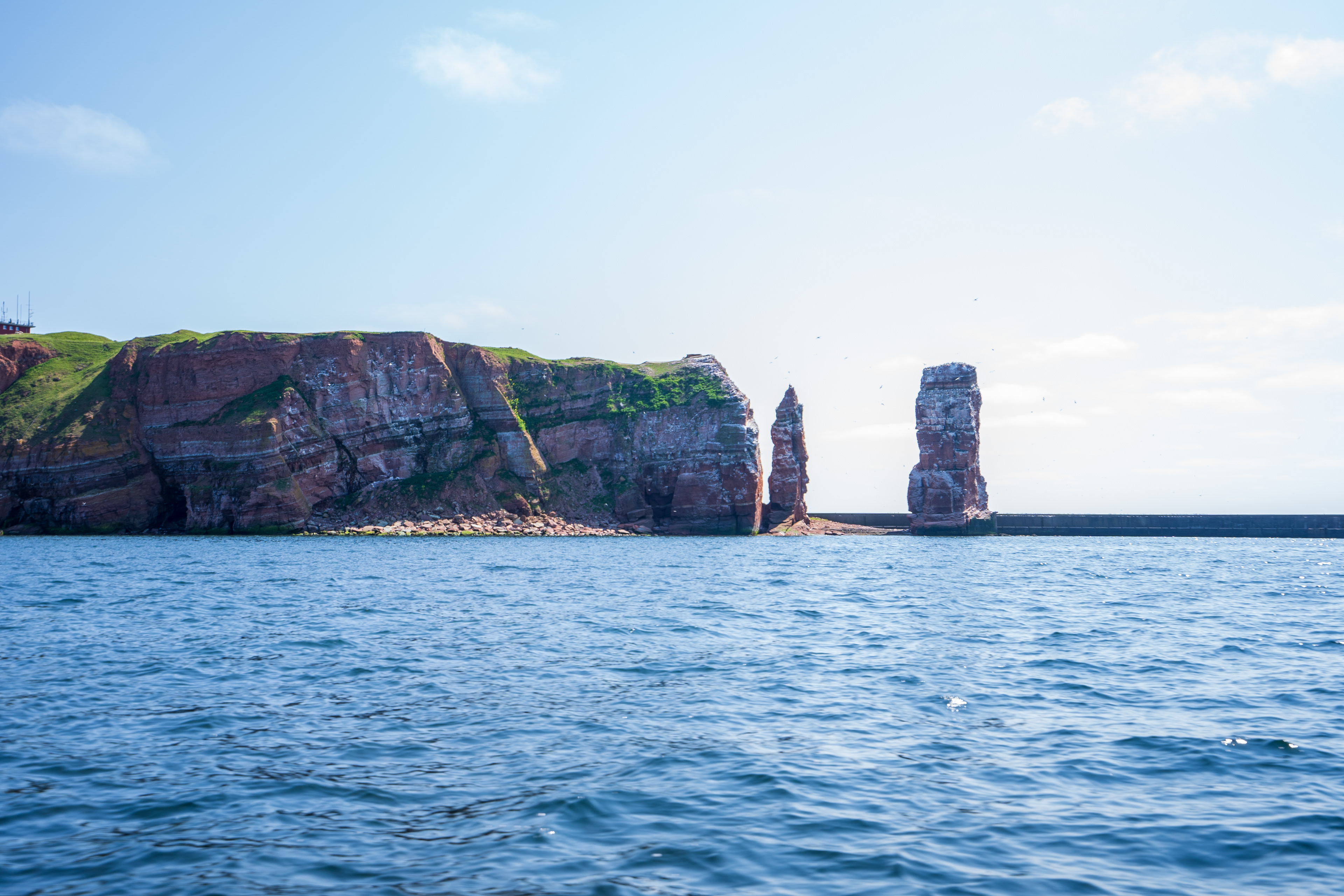
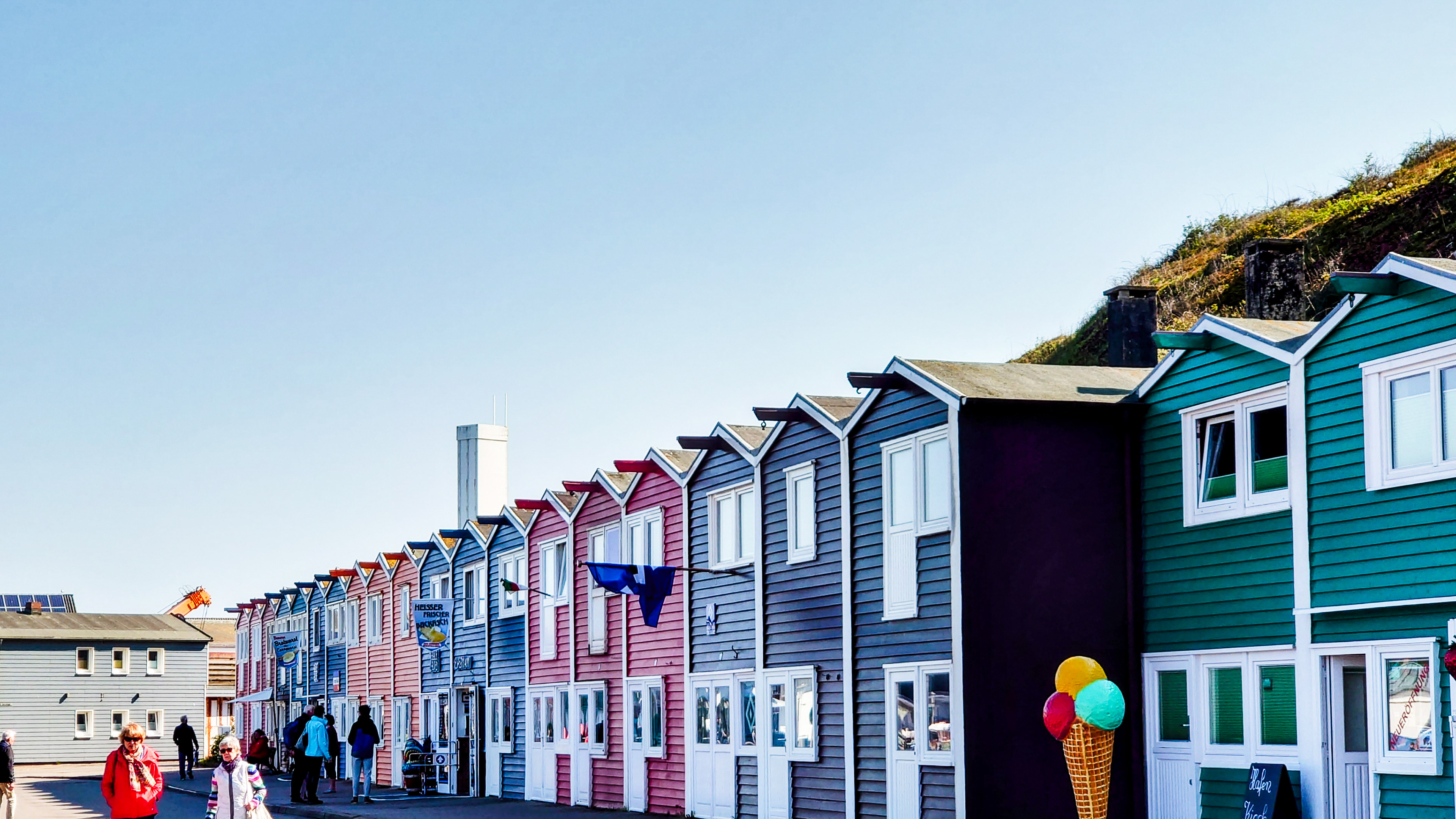
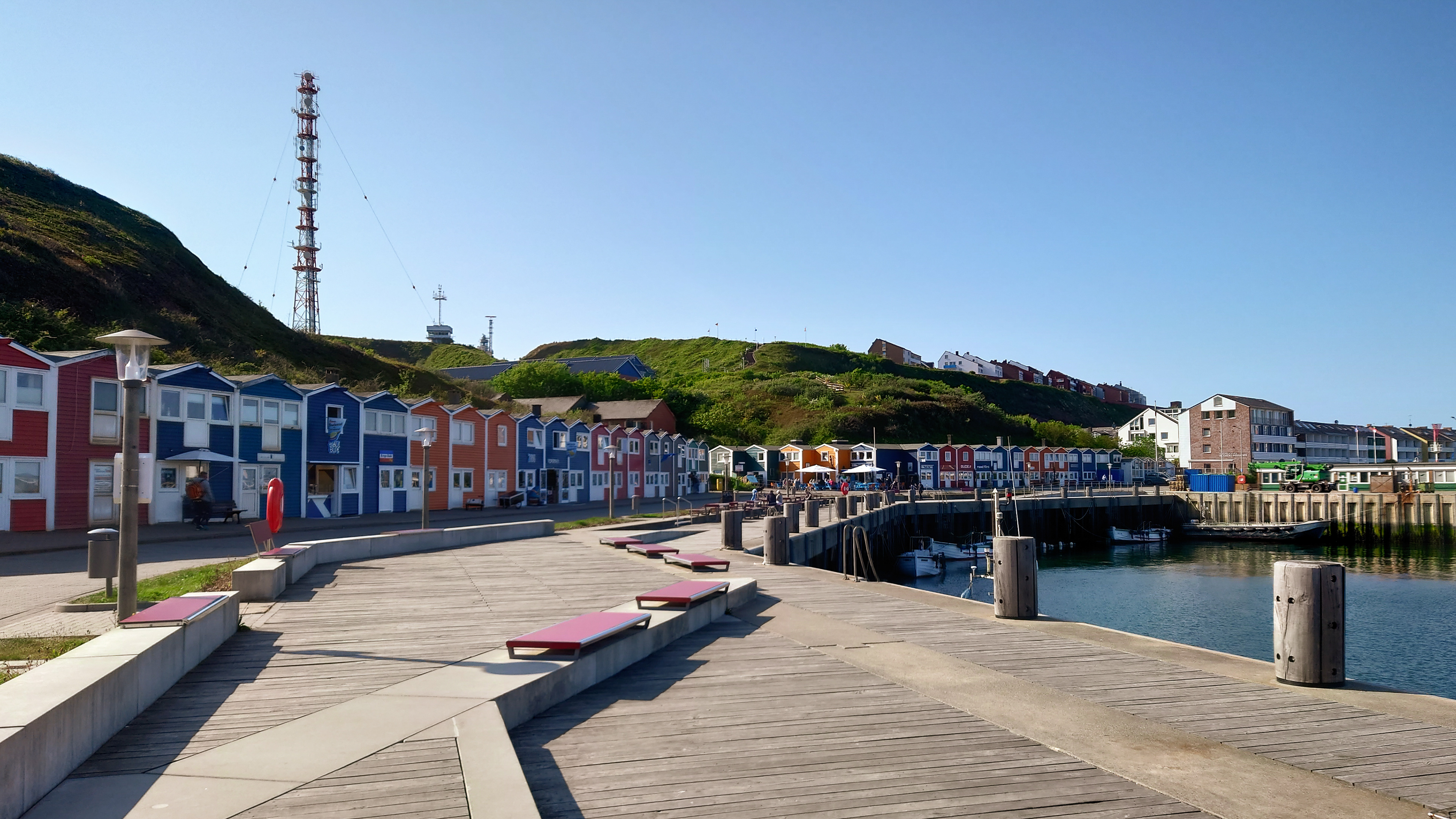
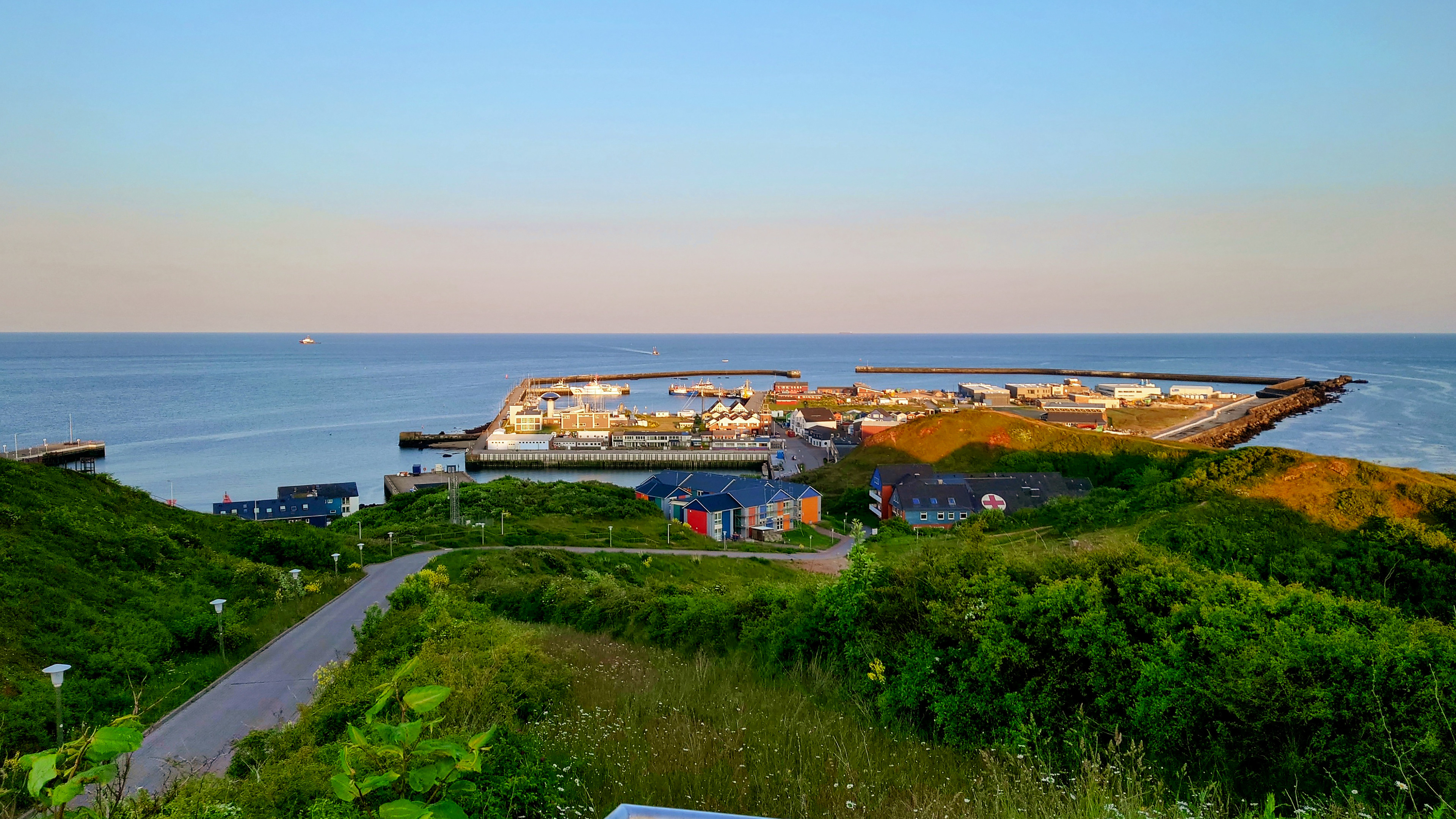
Düne
The neighbouring island of Düne consists mainly of sand and has two beaches for its summer visitors, Südstrand and Nordstrand.
On Südstrand, you have a good chance of seeing seals, specifically Grey and Common Seal, lazing on the beach.
Keeping enough distance is mandatory!
On Südstrand, you have a good chance of seeing seals, specifically Grey and Common Seal, lazing on the beach.
Keeping enough distance is mandatory!
Until 1935, this island was much smaller (about 10 hectares) and was enlarged to 40 hectares under the Nazi regime. This was mainly for military purposes, such as fortifying it with quays, bunkers and an airfield (which is still in use).
On this island, you are more likely to see sandpipers than on the main island. I will come back to this later.
On this island, you are more likely to see sandpipers than on the main island. I will come back to this later.
From the Landingsbrücke on the main island, the ferry service takes you to Düne every half hour, a trip of barely ten minutes.
The return trip from Düne to the main island differs between summer and winter periods.
You always do well to inform yourself the day before whether or not the ferry leaves.
After all, you are on an island and the weather can turn quickly.
The return trip from Düne to the main island differs between summer and winter periods.
You always do well to inform yourself the day before whether or not the ferry leaves.
After all, you are on an island and the weather can turn quickly.
